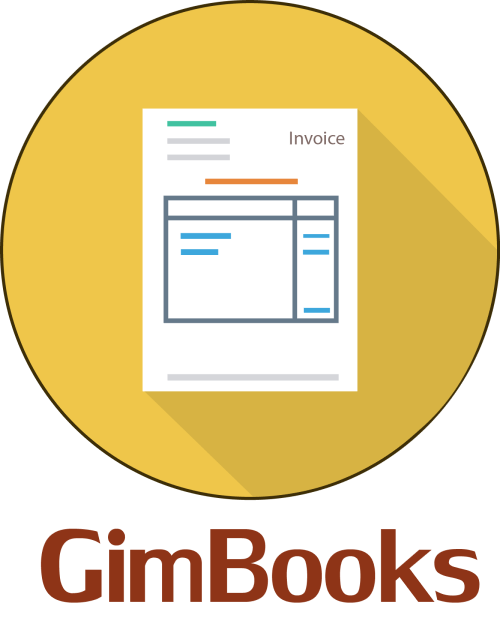How does the GST e-invoice system work?
The GST e-invoice system requires issuers to report e-invoices to IRP for validation. The IRP electronically signs the invoice an add QR code and unique Invoice Reference Number (IRN).
The first phase of e-invoice concept was introduced & implemented on 1st October 2020 for the taxpayers with the annual turnover exceeding Rs. 500 crores. From 1st January 2020, e-invoicing was extended for businesses with an annual turnover of more than Rs. 100 crores. Third phase was implemented on 1st April, 2021 which mandated e-invoice for all the B2B businesses with an annual turnover of more than Rs. 50 crores.
Do you want to know if your business is eligible for e-invoice? Click here.
What is e-invoice?
In Layman Language, e-invoicing is a system through which B2B (Business to Business) transactions are electronically authenticated by Invoice Registration Portal (IRP) for further use on the common GST Portal.
After creating an e-invoice for the customer, you need to upload it in Invoice Registration Portal (IRP) where the validation will be done. A unique Invoice Reference Number (IRN) and QR code will be issued for the invoice that you uploaded.
The e-invoice system requires you to upload in the portal and get the invoice authenticated IRP system then only an e-invoice remains valid.
Without further ado, let's understand
How does the GST e-invoice system work?
For us to understand the workflow of the e-invoice system, we will categorise it in two parts.
First, Interaction between Business (supplier) and the Invoice registration Portal (IRP).
Second, Interaction between Invoice registration portal (IRP) and the GST/E way Bill Systems and the Buyer.
- The supplier generates the invoice in the prescribed format/schema. The invoice is uploaded to Invoice Registration Portal (IRP). If the ERP software is integrated with IRP then the system will directly send the details to the IRP automatically.
- IRP verifies the invoice and generates a unique Invoice Reference Number (IRN) and the QR code is also added to the invoice which contains all the details of the invoice.
- The digitally signed e-invoice will be sent to the e-way bill system and to the GST System.
- Using the invoice received from IRP, the e-invoice system will auto-populate the Part A of e-way. Similarly, GST system will auto-populate the details in GSTR-1
- Buyer will get the real time visibility in GSTR-2A for confirming the invoice uploaded by the supplier.
The system improves efficiency as everything becomes paper-free and payment cycle improves
It is necessary for a business to have an ERP software which will help them in seamless generation of e-invoice without impacting other operations of businesses.
Know more about Invoices in GST
